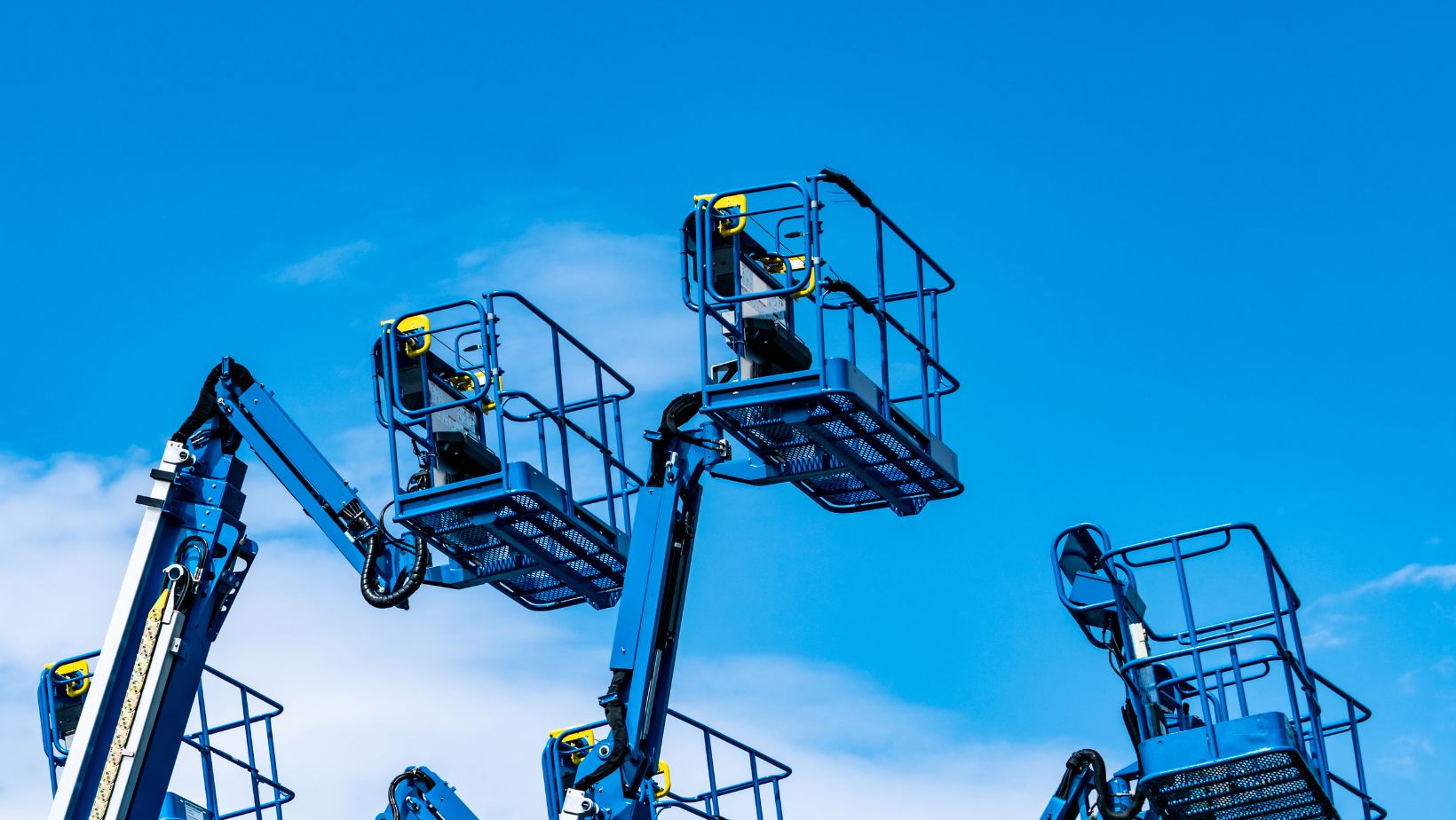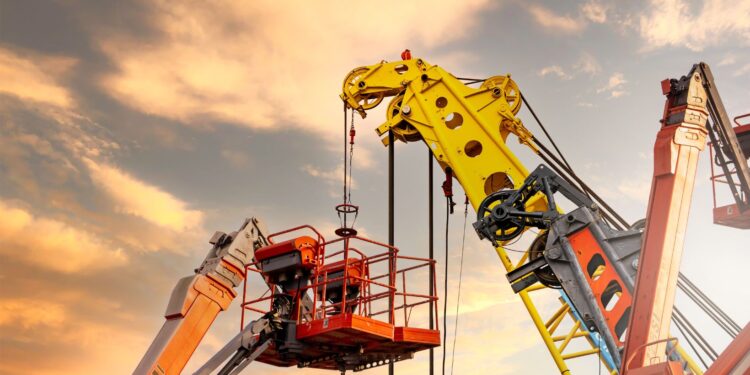Which of the Following is True of Mechanical Lifts
When it comes to mechanical lifts, there are several important aspects to consider. As an expert in the field, I have seen firsthand the numerous benefits that mechanical lifts can provide. From increased efficiency and productivity to improved safety and ease of use, these lifts have become an essential tool in various industries. In this article, I will delve into the true nature of mechanical lifts, debunking common misconceptions and shedding light on their undeniable advantages.
One of the key truths about mechanical lifts is their versatility. These lifts are not limited to a specific industry or application. Whether you’re working in construction, manufacturing, or even healthcare, there is a mechanical lift designed to meet your specific needs. From scissor lifts and boom lifts to aerial work platforms, the options are vast and tailored to various tasks. Their adaptability makes them an invaluable asset in any workplace.
Another important fact about mechanical lifts is their ability to enhance safety. With their sturdy construction and advanced safety features, these lifts minimize the risk of accidents and injuries. They provide a stable platform for workers to perform tasks at elevated heights, reducing the need for ladders or scaffolding. Additionally, many mechanical lifts are equipped with safety mechanisms such as guardrails, emergency stop buttons, and non-slip surfaces, ensuring a secure working environment.
Overview of Mechanical Lifts
Definition of Mechanical Lifts
A mechanical lift is a versatile tool that is widely used across various industries, including construction, manufacturing, and healthcare. It is designed to provide a stable platform for workers to perform tasks at elevated heights. These lifts are equipped with advanced safety features, ensuring a secure working environment.

Types of Mechanical Lifts
There are several types of mechanical lifts available, each designed for specific applications and requirements. Let’s explore some of the most common types:
- Scissor Lifts: Scissor lifts are one of the most popular types of mechanical lifts. They feature a folding crisscross mechanism, providing vertical movement. Scissor lifts are ideal for tasks that require both vertical and horizontal movement, such as installation, maintenance, and repair work.
- Boom Lifts: Boom lifts, also known as cherry pickers, are designed for tasks that require both vertical and horizontal reach. They feature an extendable arm, or boom, that can be maneuvered to access elevated areas. Boom lifts are commonly used in construction and maintenance projects, allowing workers to reach tall structures or work over obstacles.
- Personnel Lifts: Personnel lifts are compact and lightweight lifts designed for accessing tight spaces and narrow aisles. They are commonly used in warehouses and retail stores for tasks such as stock picking, inventory management, and general maintenance.
- Vertical Mast Lifts: Vertical mast lifts, also known as single man lifts, are compact lifts with a vertically extendable mast. They are perfect for tasks that require reaching high areas in tight spaces, such as electrical work, painting, or maintenance in narrow corridors.
- Aerial Work Platforms: Aerial work platforms are versatile lifts that can be mounted on trucks or trailers. They are commonly used in construction, telecommunications, and utility maintenance work. Aerial work platforms provide a stable and elevated working platform, allowing workers to access difficult-to-reach areas.
Each type of mechanical lift offers unique advantages and is designed to meet specific requirements. The choice of the right lift depends on factors such as the height and reach needed, the type of work being performed, and the working environment.
By understanding the different types of mechanical lifts available, industries can select the most suitable option to enhance efficiency, improve safety, and streamline operations.














